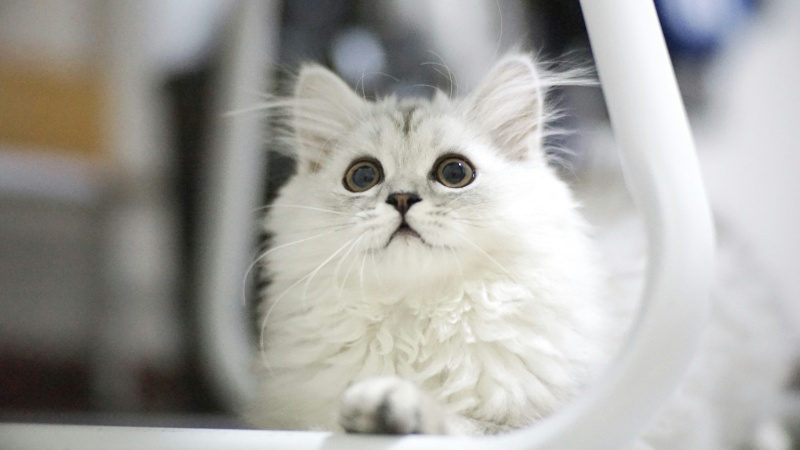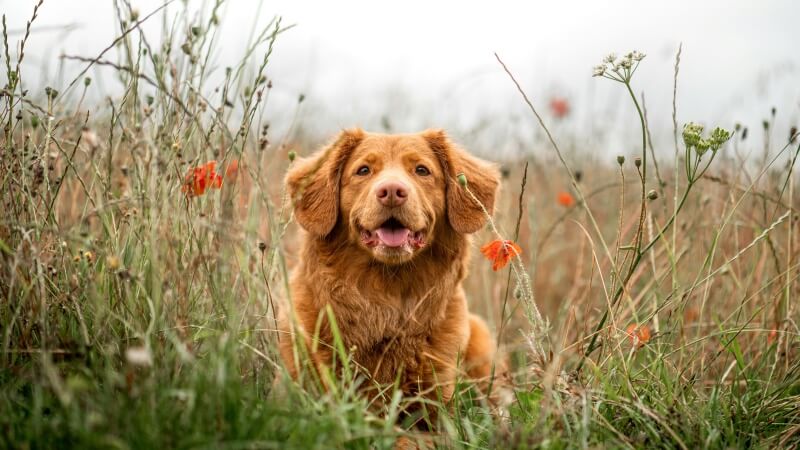
How To Craft A Cozy Cat Vest From Fabric Strips
Have you ever seen your feline friend lounging around and thought, “What could possibly make this picture more adorable?” The answer is simple: a cat

Did you know that, like humans, dogs require proper dental care? Dogs are known for their wagging tails, wet noses, and slobbery kisses, but around 80% of them develop some form of dental issue by the age of three.
One effective way to maintain your furry friend’s dental hygiene is through professional teeth cleaning. While dogs can’t brush their own teeth, this procedure mirrors the dental cleaning process for humans. Before the cleaning, a vet conducts blood tests to ensure anesthesia safety.
Pet owners must provide at-home dental care, but routine professional teeth cleaning is equally necessary. This preventive measure helps ward off gum diseases and tooth decay. In this blog post, we’ll cover everything you need to know about professional teeth cleaning for dogs – from identifying early signs of dental issues to details of a typical cleaning procedure.
We’ll also offer at-home care tips to keep your dog’s teeth clean and healthy between professional cleanings.
Unpleasant breath, discolored teeth, swollen or bleeding gums, painful chewing or loss of appetite, and behavioral changes can indicate dental issues in dogs. These signs may be indicative of periodontal disease, tooth decay, or other oral problems.
Regular oral exams by a veterinary dentist are a good idea for all dogs, especially older ones. Detecting early signs of dental issues can prevent further complications such as loose teeth, bone loss, or root abscesses.
If you notice any of these signs, it’s best to have your dog’s teeth checked by a professional.
Professional teeth cleaning for dogs typically involves anesthesia, the removal of plaque and tartar buildup, and teeth polishing. The process may also include dental extractions, root canals, or oral surgery if necessary.
Additionally, a professional dental cleaning will often include a thorough oral health examination and dental X-rays if needed.
After professional teeth cleaning, dogs may experience mild discomfort, which can be managed with pain medication if necessary. It’s important to follow the veterinarian’s post-procedure care instructions.
Home care plays a crucial role in maintaining oral hygiene, including regular tooth brushing, dental treats, and water additives. Monitoring your dog’s appetite, gum health, and breath can help identify any issues.
Regular dental checkups, along with professional teeth cleaning, ensure long-term oral health for your dog.
Regularly monitoring your dog’s oral health is crucial to prevent dental issues. Look out for signs like bad breath or swollen gums. Use the appropriate toothbrush and toothpaste for your pet. Additionally, explore alternative ways to clean your dog’s teeth without brushing.
By taking care of your furry friend’s dental hygiene at home, you can maintain their overall oral health and reduce the risk of complications.
To ensure proper dental care for your dog, it’s essential to use the right toothbrush and toothpaste. Use a toothbrush designed specifically for dogs, taking into consideration their mouth size. Additionally, choose toothpaste that is safe for dogs, as human toothpaste can be harmful.
Opt for toothpaste with flavors that your dog enjoys to make the brushing experience more enjoyable. By using the right tools, you can effectively maintain your pet’s oral health.
Maintaining good dental care for dogs is crucial in preventing dental issues such as periodontal disease. While brushing dog’s teeth is the best way to keep their oral health in check, there are alternative methods. Dental chews and treats help remove plaque and tartar.
Raw bones and chew toys promote healthy chewing habits. Water additives prevent plaque buildup. Specialized wipes or oral sprays offer an option for cleaning without brushing. Regular professional dental cleanings at veterinary clinics are also essential.
Taking care of your dog’s dental health is crucial for their overall well-being. Professional teeth cleaning for dogs is an effective way to maintain their oral hygiene and prevent dental problems.
During the cleaning process, your vet will remove plaque and tartar buildup, perform a thorough examination, and address any dental issues. After the procedure, it’s important to follow proper post-procedure recovery and home care to ensure your dog’s teeth stay clean and healthy.
Additionally, implementing at-home care tips such as using the right toothbrush and toothpaste, and exploring alternative ways to clean your dog’s teeth without brushing can further contribute to their dental health. By prioritizing your dog’s oral hygiene, you can help them lead a happy and healthy life.
Professional teeth cleaning for dogs should be done at least once a year. Dogs with dental issues may need more frequent cleanings, as recommended by their veterinarian. Regular brushing and dental chews can help maintain your dog’s oral health between professional cleanings.
Dogs should ideally start receiving professional teeth cleanings around 1-2 years of age. Establishing good dental hygiene habits early on can help prevent dental disease and other potential health issues.
Dog dental cleanings are generally safe when performed by a licensed veterinarian. Regular professional teeth cleanings for dogs help maintain their oral health and prevent dental issues.
Yes, a dog can wear a harness after dental cleaning. A good tactical dog harness is generally safe to use a harness for walking or other activities, as long as it does not put pressure on the mouth or teeth. However, it’s always best to consult with your veterinarian for specific recommendations based on your dog’s individual needs.
While most pet insurance accident and illness plans do not cover dog teeth cleaning, some wellness add-ons may reimburse for annual cleanings. It’s important to check with your specific insurance provider to understand the coverage options available for professional teeth cleaning for dogs.
A typical dog dental cleaning appointment lasts about 1-2 hours. During this time, the veterinarian will thoroughly clean your dog’s teeth and gums, removing plaque and tartar buildup. This helps maintain their oral health and prevent dental issues in the future.


Have you ever seen your feline friend lounging around and thought, “What could possibly make this picture more adorable?” The answer is simple: a cat

The moment you consider a dog hunting vest for your adventurous companion, you’re stepping into a world where safety meets functionality. This vest is not

The concept of a dog cooling vest is a game-changer for pet owners looking to enhance their dog’s comfort during those relentless summer days. Imagine

When you first consider crafting a tactical dog vest, it’s not just about embarking on a fun DIY project; it’s about ensuring your furry companion’s

Have you ever seen your feline friend lounging around and thought, “What could possibly make this picture more adorable?” The answer is simple: a cat

The moment you consider a dog hunting vest for your adventurous companion, you’re stepping into a world where safety meets functionality. This vest is not

The concept of a dog cooling vest is a game-changer for pet owners looking to enhance their dog’s comfort during those relentless summer days. Imagine

When you first consider crafting a tactical dog vest, it’s not just about embarking on a fun DIY project; it’s about ensuring your furry companion’s
Secure and Empower, Walk Responsibly
Copyright © 2025pettacticalharness. All Rights Reserved.